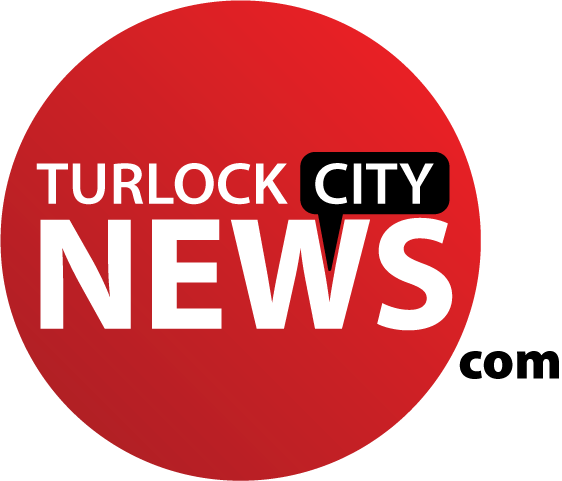According to a report from California State University, Stanislaus Professor of Business Economics Gokce Soydemir, the San Joaquin Valley’s economy grew in 2014, though at a slower pace than last year. Also, the economy is doing better than the 10-year average.
“For the first time since the end of the recession, non-farm-related categories of employment such as leisure and hospitality services, and retail trade performed better than farm-related categories such as wholesale and manufacturing,” Soydemir said. “It is worth noting, though, that the ongoing drought did exact a toll on employment growth in some parts of the region.”
Employment in education and health services employment now exceeds the pre-recession pace and strong performance in leisure and hospitality services suggest this sector is poised to become a pillar of employment in the San Joaquin Valley.
For the third year in a row, construction employment was the fastest growing category of employment in the Valley. Trade, transportation and utilities employment, a farm-related sector, grew 3.81 percent this year.
In line with the past year’s projection of a turning point, the government employment growth rate switched from negative to positive in 2014. Retail trade is increasingly becoming more vibrant in the Valley, showing a steeper rise post-recession. Projections show that retail trade employment will grow by 4.66 percent in 2015 and 2016.
Manufacturing employment in the Valley posted negative growth, as it did in the state as a whole, with projections in the region pointing to negligible growth in 2015 and 2016. If the drought persists for the next two years, manufacturing employment could show negative growth.
Valley home values are projected to increase at an average annual rate of 15.81 percent in 2015 and 8.30 percent in 2016. This reversion to more realistic rates will continue until growth in single digits is attained, consistent with the long-term annual growth rate of 4.28 percent. The lower, more balanced level of home value appreciation will prevent the formation of destructive bubbles.
Most recent surveys show a significant increase in the number of firms planning to raise compensation in 2015. Consistent with these surveys, projections show that average weekly wages in the Valley will increase but run close to the inflation rate.
The report indicates consumers’ balance sheet health is in much better shape than a few years back, and net loans and leases in the Valley are now above the pre-recession peak.
The biannual Business Forecast Report provides projections for the Valley’s labor market, regional housing conditions, prices and inflation, banks and other depository institutions, and capital markets.
Soydemir and his team use a unique forecasting model that produces lower and upper statistical confidence bands, with results that are expected to fall within this range.
“We are looking for data that signal turning points and offer clues to future performance,” said Soydemir. “The San Joaquin Valley’s economy is different from many other parts of the state, with a significant farming component being just one part of a larger, complex picture.”







